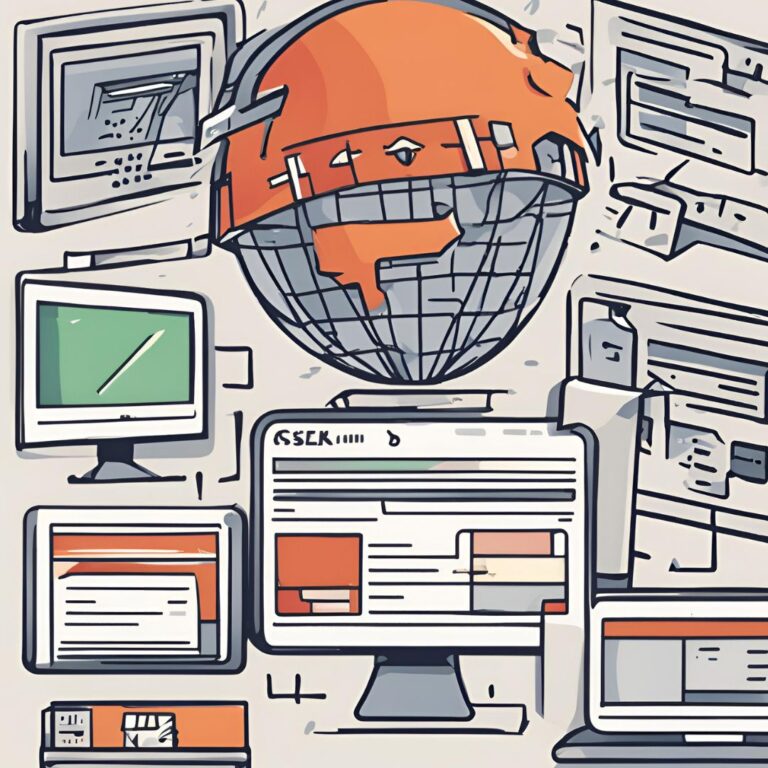Designing Beyond Boundaries: Exploring Limitless 3D Creativity
The realm of design has undergone a remarkable transformation, and nowhere is this more evident than in the explosive field of 3D design. The digital age has obliterated traditional boundaries, from 3D packaging design to architectural renderings, leaving an open landscape for limitless creativity. So, what does this freedom look like, and how is it changing the game for designers and consumers alike?
A Whole New Dimension: From 2D to 3D
Once upon a time, design was confined mainly to two dimensions—think paper and canvas. In the transition to 3D, designers have broken free from this flat world. Today, they can create forms that can be rotated, modified, and viewed from every angle. This is like going from a basic line drawing to a sculpted masterpiece. The transformation introduces an added layer of complexity but also a world of new possibilities. It’s akin to a leap from checkers to 3D chess, where strategies and outcomes take on new dimensions.
The Alchemist’s Dream: Materializing Concepts
You’ve got to imagine how groundbreaking it is for a designer to see their digital work materialize into a physical form. With the advent of 3D printing, what once existed solely on a computer screen can take physical shape in the real world today. Just as an alchemist dreams of turning base metals into gold, a designer can convert digital blueprints into tangible products. This leap from concept to reality has upended traditional manufacturing and created a new avenue for bespoke goods.
The Playground of Imagination: Diving into Virtual Reality
3D design is not just about physical products; it’s a cornerstone of the burgeoning field of virtual reality (VR). Here, designers conjure up whole worlds with interactive elements and intricate details. Think of it as the ultimate playground where the sky’s not even the limit. Virtual landscapes can defy the laws of physics, allowing designers to dream big and push the boundaries of what is conceivable. It’s not just world-building; it’s universe-building.
One Size Doesn’t Fit All: Customization and Personalization
Have you ever walked into a store and thought, “If only this item had a slight tweak, it would be perfect?” The 3D design has the answer to that. Customization has become a cinch, letting consumers be part of the design process. This is akin to ordering a tailored suit instead of picking one off the rack. The technology allows for minute alterations to make a difference in the end product. This isn’t just consumer-friendly; it’s also a goldmine for businesses offering value-added services.
Adobe states, “3D tools can provide a great bump in efficiency at the design iteration stage. When an entire packaging design can be tweaked simply by adjusting a slider, for instance, and when that design can be accurately visualized in 3D, designers can communicate proposals clearly and effectively, in real time.”
The Future is Wide Open: What Comes Next in 3D Creativity
It’s exciting to talk about the present, but the future holds even greater promise. As technologies evolve, one can only wonder what new avenues will open for 3D design. Imagine a world where design limitations are so few that they’re almost nonexistent. The discussion concerns potential advancements like AI-powered design tools, hyper-realistic simulation, and design processes that one can’t even fathom. The only certainty is that the boundaries will keep expanding, making this an exhilarating field bound to captivate the imagination of future generations.
The domain of 3D design has transcended traditional boundaries, providing a virtually limitless canvas for creativity. From physical products to virtual realities, the landscape is ever-expanding, promising a future where the only limit is the designer’s imagination.


